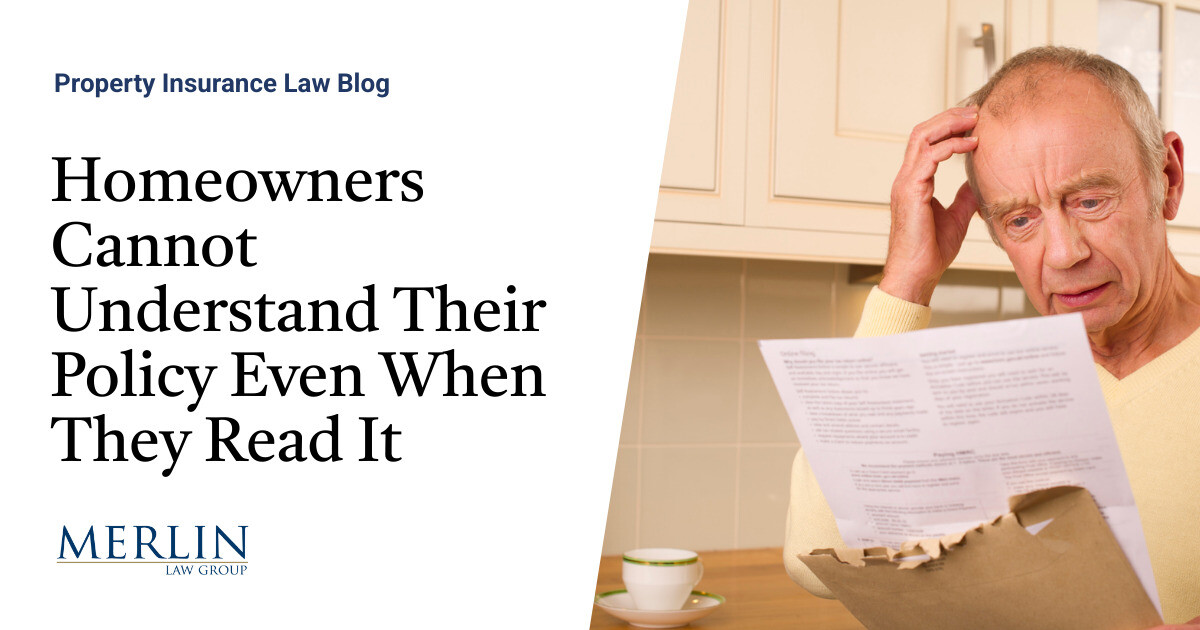
This entry is part of 16 in the series Safe With SocietySafe With SocietySafeguarding Your Outdoor Dining Area5 Tips for Driving at NightBasic Hazards Associated with Meat Smoking7 Tips for Lifting Safety6 Tips to Reduce Workstation Aches and Pains8 Meat Slicer Safety Tips9 Smart Tips for Construction Site Personal Protective Equipment8 Tips for Grilling with Propane and Charcoal9 Steps to Investigating an AccidentControlling Kitchen Electrical Hazards5 Tips to Avoid Falls in Slippery Work Environments7 Common Food Safety Errors6 Tips to Control Crime8 Tips to Prevent Stepladder Accidents9 Fire Safety Tips8 Electrical Safety Tips People enjoy spending time outdoors to lower stress and boost their mood.The same can be said for dining – you may attract more customers to your restaurant with outdoor seating.Serving customers in an outdoor space may be appealing, but it’s not as simple as just taking a few tables and chairs outside the main building.
Below are a few tips to make sure that you’re providing the best experience possible to your patrons.Before taking any action, it is recommended to consult with all local authorities, your attorney, and your insurance agent.Tips for Safeguarding Your Outdoor Dining Area Your outdoor dining area should have a level walking surface with no loose materials that could contribute to slip, trip, or falls.
The location should be away from high vehicle traffic entrance/exits.Visible barriers, wheel stops and appropriate signs should be in place to notify the driver of the possibility of more pedestrian traffic.Walkways should be examined for cords or other obstructions that may lead to a slip, trip, and fall. As with indoor dining, the outdoor dining should be adequately illuminated to ensure customers and employees can safely navigate the area.
Using Temporary Outdoor Structures Safely Temporary structures should be installed per the manufacturer’s instructions and regularly inspected to ensure stability during use.Contact your local “call before you dig” hotline before driving stakes in the ground to prevent any utility line damage.Upon setup, and routinely thereafter, examine the entire structure to ensure the poles, ropes, stakes and canvas material are in good condition and secure, as required by the manufacturer’s instructions.
Umbrellas, covers or awnings should be secured to prevent damage and possible injuries.Dealing with Inclement Weather Hazards Rain: Monitor daily weather forecasts and make plans to appropriately respond to forecasted weather events.When rain is imminent, some areas of the structure may display ponding or pocketing which adds additional weight.
If allowed to accumulate, this could contribute to a structural failure and could cause injury to customers and employees.Snow: Most temporary outdoor dining structures are not designed to support the added weight of snow.Snow can be harder to remove from the surface area and could lead to structural failure.Plan accordingly for the weather. Lightning: The area should be evacuated during lightning and severe weather.Wind: Pay attention to the stakes, ropes, assembly poles and tension assemblies for weakening.
The area should not be used during high winds.Remove umbrellas and other items that may become loose or damaged before the wind arrives.Outdoor Heating Safety Tips When the temperatures drop, there are a variety of units that are used for outdoor heating.Regardless of which one is used, it should be listed for commercial use. Open flame gas pits should have a flame guard to reduce the risk of patrons contacting the open flame.
These guards should rest higher than the open flame to reduce the possibility of interaction with the flame.Block off an area approximately 3 feet in all directions to reduce the risk of customers getting too close to the heat source.Ensure all employees know how to shut off the fuel supply in the event of an emergency.
The fuel supply valves should be clearly marked and visible.Maintain clearances from combustible materials as listed in the owner’s manual on all sides including the top of the unit.Fire extinguishers should be placed adequately throughout the area where they are easily identified and accessible if they are needed.
Ventilation is also extremely important. Keep the area open as much as possible for adequate ventilation to resupply fresh air and reduce the risk of carbon monoxide exposure.Heat sources need a supply of fresh oxygen to continue with combustion and to provide heat.Society Insurance is Here to Help Your Bar or Restaurant Succeed Society Insurance is dedicated to helping businesses succeed by providing industry-leading restaurant and bar insurance.
Your business is your livelihood, and we do all we can to help you protect it.Talk to your local Society Insurance agent to discuss your insurance coverage options.Additional Resources
Pros & Cons of 3rd Party Restaurant DeliveryHow to Clean Up Spills in the WorkplaceHow to Reduce Parking Lot AccidentsSeries Navigation5 Tips for Driving at Night >>Share this post:FacebookTwitterLinkedinemail
Publisher: Society Insurance








